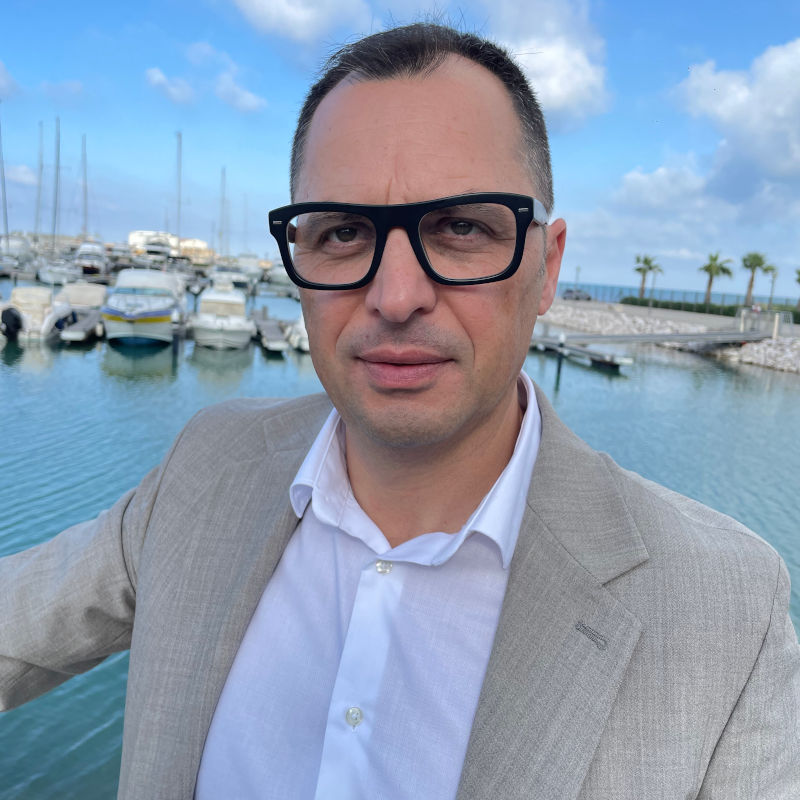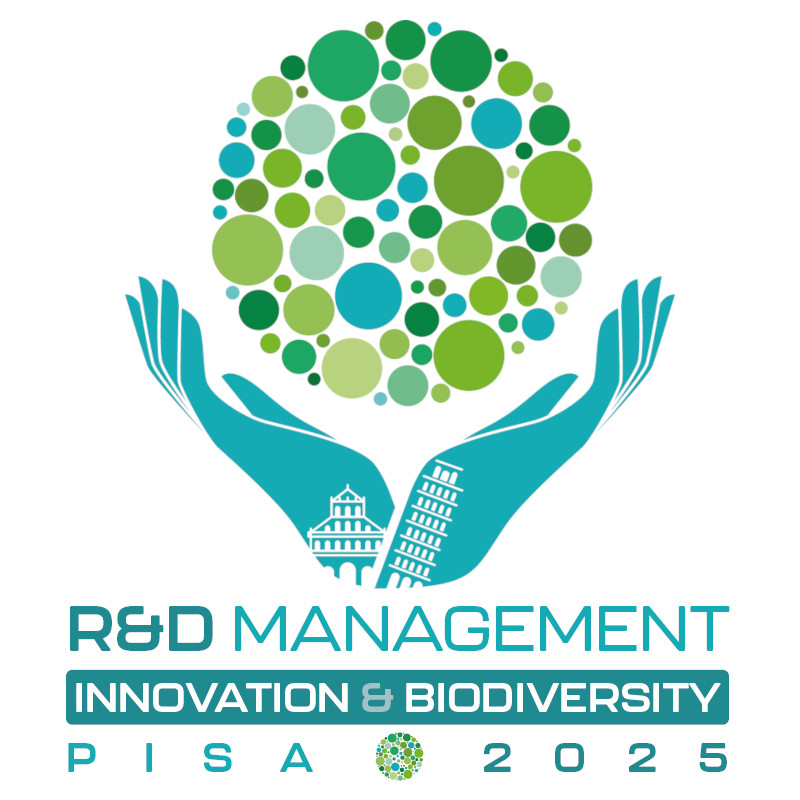Innovation, technology, and strategic management can mitigate the negative impacts of tourism and hospitality on ecosystems while fostering sustainable development, argues Angelo Presenza, from the Department of Economics at the University of Molise, Italy, and chair of track 1.1 of the 2025 R&D Management Conference.
He says that the theme is particularly timely as the Tourism & Hospitality Industry (T&HI) is undergoing significant structural changes. These are driven by the need to transition toward more sustainable and resilient practices amid increasing global biodiversity concerns.

Sustainability legislation driving change
Angelo believes the EU’s ground-breaking Corporate Sustainability Reporting Directive (CSRD) will drive change in the industry.
“Legislation can indeed drive innovation, particularly when it is designed to address pressing challenges like environmental sustainability. Here are some reasons why regulation, such as the EU’s Corporate Sustainability Reporting Directive (CSRD), can act as a catalyst for innovation:
- Incentivising Creative Problem-Solving: Mandatory reporting requirements push organizations to rethink their operations, explore alternative processes, and adopt innovative practices to meet compliance standards while maintaining profitability.
- Leveling the Playing Field: Regulations establish a baseline that all organizations must meet, fostering a competitive environment where firms innovate to differentiate themselves, achieve efficiency, and exceed the mandated benchmarks.
- Facilitating Market Growth: By creating demand for sustainable solutions, regulations spur innovation in related industries, such as green technologies, renewable energy, and biodiversity-friendly practices.
- Collaborative Ecosystems: Regulations often lead to cross-industry partnerships and open innovation ecosystems, as organizations collaborate to share knowledge, resources, and best practices to address complex compliance challenges.
How do you think ‘biodiversity’ offers an opportunity for innovation?
“Biodiversity, when viewed as an opportunity rather than a constraint, inspires cutting-edge solutions across industries because it is both a critical resource and a complex challenge.
“By addressing the interconnectedness of ecosystems and human activities, businesses, governments, and communities can explore creative solutions that align environmental sustainability with economic growth. Examples are as follows:
- New Business Models: Biodiversity inspires regenerative approaches where businesses actively contribute to ecosystem restoration rather than just minimizing harm.
- Product Development: Biomimicry uses natural systems and organisms as models for designing efficient products, materials, and technologies.
- Technology and Data Innovation: AI, IoT, and remote sensing are being used to monitor ecosystems, track wildlife, and optimize resource use.
- Circular Economy Opportunities: Using biodiversity as a basis for creating closed-loop systems, such as reusing organic waste in ways that mimic natural nutrient cycles.
What are the implications of Industry 5.0 for tourism and hospitality?
“I think Industry 5.0 has significant implications, particularly when examining intersections of innovation, sustainability, and stakeholder collaboration and the Tourism & Hospitality Industry (T&HI).
“Industry 5.0 emphasises a human-centric approach, focusing on collaboration between humans and advanced technologies. Leveraging technologies like AI, robotics, and biotechnologies will support the sector to develop tourism practices that actively contribute to biodiversity conservation.
“I am particularly interested in:
- Use of advanced technologies to create highly personalised and meaningful travel experiences, while still maintaining a human touch.
- Enhanced Customer Service, where collaborative robots (cobots) and AI is used to streamline operations, allowing staff to focus on delivering exceptional, human-centered service.
- Smart Destinations, the development of smart destinations that use IoT, AI, and big data to improve visitor management, reduce congestion, and enhance sustainability.
“To conclude, I think that the interrelation between Industry 5.0 and the T&HI is deeply synergistic.
“By combining human-centric innovation with technological advancements and stakeholder collaboration, Industry 5.0 offers a transformative framework for addressing critical challenges in tourism. It not only drives sustainability but also fosters long-term resilience, adaptability, and value creation within the sector. This alignment makes Industry 5.0 a compelling paradigm for shaping the future of T&HI.”
Track 1.1 ‘The paradoxical relationship between biodiversity and tourism and hospitality industry: Exploring regenerative innovation practices for sustainable development and resilience’
The relationship between biodiversity and the tourism and hospitality industry (T&HI) is paradoxical, while biodiversity attracts tourists, tourism activities often degrade ecosystems, leading to biodiversity loss.
This paradox challenges the T&HI to strike a balance between promoting and supporting biodiversity conservation and meeting tourism demands and economic purposes, especially as the T&HI undergoes significant structural changes.
These changes are reshaping traditional business models and introducing sustainable practices to enhance resilience through careful planning and management. Thus, this special track focuses on exploring innovative strategies and business models that promote sustainable tourism development capable of protecting natural ecosystems, thus increasing resilience of both tourism firms and destinations.
The aim is to foster resilience and long-term growth within the T&HI while addressing biodiversity concerns.

R&D Management Conference 2025:
Innovation & Biodiversity
Institute of Management of Scuola Superiore Sant’Anna, Pisa
30 June – 2 July 2025
Track chair: Angelo Presenza, Department of Economic, University of Molise, Italy
Co-chairs:
Myung Ja Kim, College of Hotel & Tourism Management, Kyung Hee University, South Korea
Luna Leoni, Faculty of Economics, University of Tor Vergata, Italy
Maria Della Lucia, Department of Economics and Management, University of Trento, Italy

